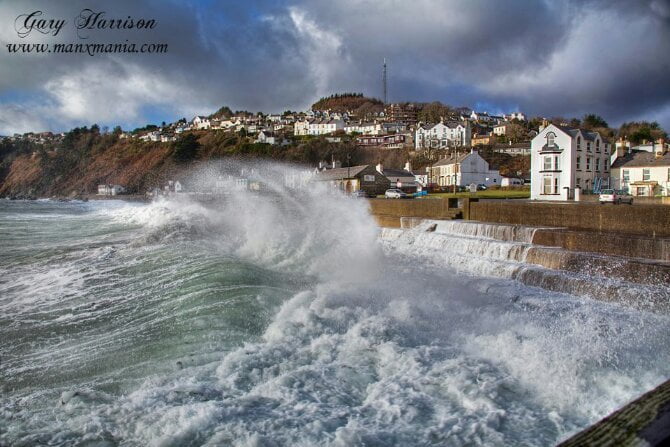First off, Oliver Holt in the Mirror, describing Afcon as “the perfect demonstration of South Africa’s World Cup legacy”:
Here’s a funny thing about the African Cup of Nations.
There are no Europeans trying to tell the organisers what to do.
Nobody signing petitions to try to ban fans from blowing vuvuzelas.
Nobody telling the mamas who sell pap and fried chicken outside games they can’t come within five miles of the stadium.
Nobody telling supporters who earn £1 or £2 a day they have to pay £40 a pop for a ticket.
Nobody saying: “Our culture is better than your culture.” Nobody saying: “Why can’t you just be a little bit more like us?”
AFCON 2013 is way better for it, too. It’s like the World Cup in 2010 would have been before Fifa de-Africanised it.
It’s full of life, vigour and colour, the slow drum sway of Nigeria fans, the choreographed vuvuzela-moves of Burkina Faso fans, the delirious joy of the Ethiopians.
It is a celebration of football, of course, and the match between holders Zambia and minnows Ethiopia in Nelspruit on Monday was full of exquisite skill and great drama. But it is also a celebration of South Africa, a showcase for the legacy of hosting the World Cup.
Anyone who read this blog during that World Cup may recall that I argued the same thing while exposing the excuses behind the pathetic French performance against Uruguay:
The vuvuzela is part of the African football experience. I’m sorry you don’t like it. But what you like is not of interest to me right now – you want a World Cup in Africa, then have an African World Cup.
But Holt tonks the nail squarely on the bonce when he notes the real problem with the World Cup legacy is people’s perception:
The legacy of the 2010 World Cup is everywhere in South Africa.
It just depends whether you want to see it or not.
Indeed.
Secondly, a rather (too?) glowing piece on the other side of “football’s bad boy”, Craig Bellamy:
The Manchester City forward is often regarded as being one of football’s bad boys, but off the pitch there is a very different side to him.
Few know… that Bellamy has put hundreds of thousands of pounds into his West African academy, has spent two weeks in Sierra Leone during the past three summers and is well versed in the continent’s history and politics.
There has always been far more to this Welsh firebrand, who physically and verbally confronted a Manchester United supporter on the pitch at the end of last Sunday’s Old Trafford derby, than his ‘Mr Angry’ caricature suggests. His apparent compulsion to venture where others fear to tread is not always misplaced.
It’s an enlightening and thought-provoking article, indicating that there is something to be said for looking beyond first impressions. And while the writer describes scenes from Freetown, one wonders whether she has ever actually met Bellamy or is just relying on hearsay. That’s because the “she” is Louise Taylor and my first impression of her, which I’m struggling to look beyond, was this:
Why going to South Africa for the World Cup terrifies me:
Statistics, anecdotes and research suggest that touring the Rainbow nation as a fan next summer could be a dangerous option.
In fact, the 2010 World Cup should have gone to Egypt.
And lest we forget, when she wrote that back in July 2009, Louise had never been to South Africa. I’m not sure if she’d ever been to Egypt, but her rationale for awarding them the World Cup at South Africa’s expense was:
surely if the Egyptians could build the pyramids they could host a World Cup.
oh, and:
Moreover, staging football’s biggest and best event in a key centre of the Arab world might just have helped ease tensions between the international Muslim community and the west while simultaneously weakening the Islamic fundamentalists growing hold over hearts and minds.
*cough* Quality predictive journalism, right there.
So Louise, I hope that based on your track record you’ll excuse my reluctance to take your ramblings seriously. I’d love it if Craig Bellamy and his Academy was doing wonderful work in Sierra Leone, but I’ll wait until I see some evidence of it elsewhere before I actually believe it.
Still, if we’re looking for alternative precariously-positioned and potentially risky nations for Craig to further pursue his altruism, perhaps I might be so brave as to suggest… er… Egypt?




